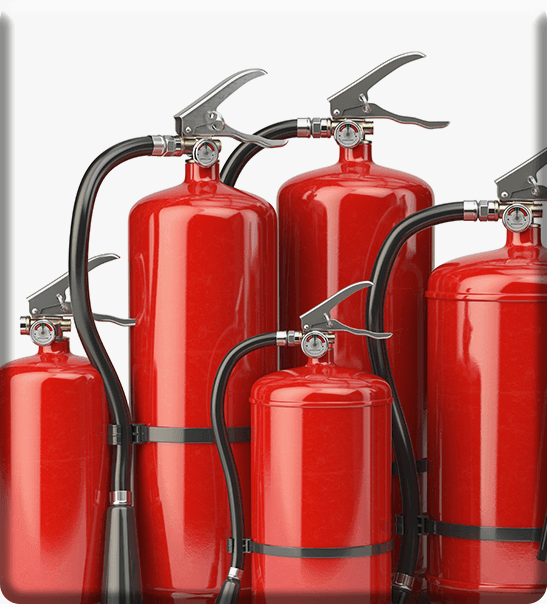How To Calculate FM-200 Fire Suppression System
Designing a fire suppression system requires careful calculations to ensure its effectiveness and compliance with safety standards. The FM 200 fire suppression system, known for its efficiency and clean agent properties, also requires a proper calculation to determine the necessary amount of FM-200 gas for effective fire suppression. In this article, we will outline the steps involved in calculating the FM-200 fire suppression system.
Determine the protected area:
First, determine the total area that needs protection from potential fire hazards. Measure the length and width of the space, and multiply these dimensions to calculate the square footage. This measurement will serve as the basis for calculating the required FM-200 concentration.
Determine the design concentration:
The design concentration refers to the amount of FM-200 gas required in the protected area to suppress a fire effectively. The design concentration varies depending on the application type and fire risk level. Consult the National Fire Protection Association (NFPA) standards, local fire codes, and manufacturer guidelines to determine the appropriate design concentration for your specific application.
Calculate the required amount of FM-200:
To calculate the required amount of FM-200, multiply the protected area (in square feet) by the design concentration (in percentage or parts per million, ppm). The result will give you the volume of FM-200 gas required to achieve the desired suppression level.
Consider the safety factor:
It is common practice to include a safety factor when calculating the required amount of FM-200 to account for factors such as leakage, temperature variations, and system efficiency. Typically, a 25% to 30% safety factor is added to the calculated volume. This ensures that the system will still provide effective fire suppression even under less-than-ideal conditions.
Select the appropriate storage configuration:
Once you have determined the required amount of FM-200, select the appropriate storage configuration. FM-200 is stored in cylinders or tanks as a liquid under pressure. Consider factors such as available space, cylinder sizes, and refill requirements when selecting the storage configuration. Ensure compliance with local regulations and manufacturer guidelines during installation.
Seek professional assistance:
Calculating and designing a fire suppression system, including the FM-200 system, can be complex. It is advisable to seek professional assistance from fire protection engineers, system integrators, or certified specialists. They have the expertise and knowledge to accurately calculate and design the FM-200 fire suppression system according to your specific requirements and local fire codes.




